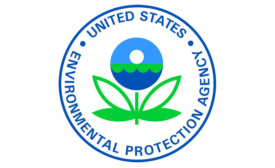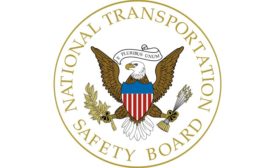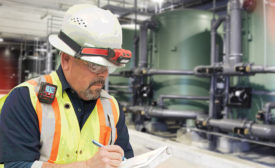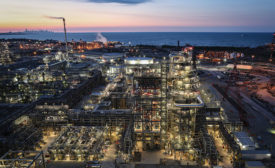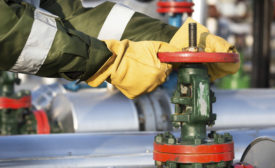Oil and Gas Industry Safety & Health
Investigation stalled due to litigation
Read More
NTSB: Worker error behind school building blowing up
Lawsuits are pending
December 4, 2019
Better illumination benefits safety; reduces environmental footprints
Limits of legacy lighting
November 1, 2019
Never miss the latest news and trends driving the safety industry
eNewsletter | Website | eMagazine
JOIN TODAYCopyright ©2024. All Rights Reserved BNP Media.
Design, CMS, Hosting & Web Development :: ePublishing


